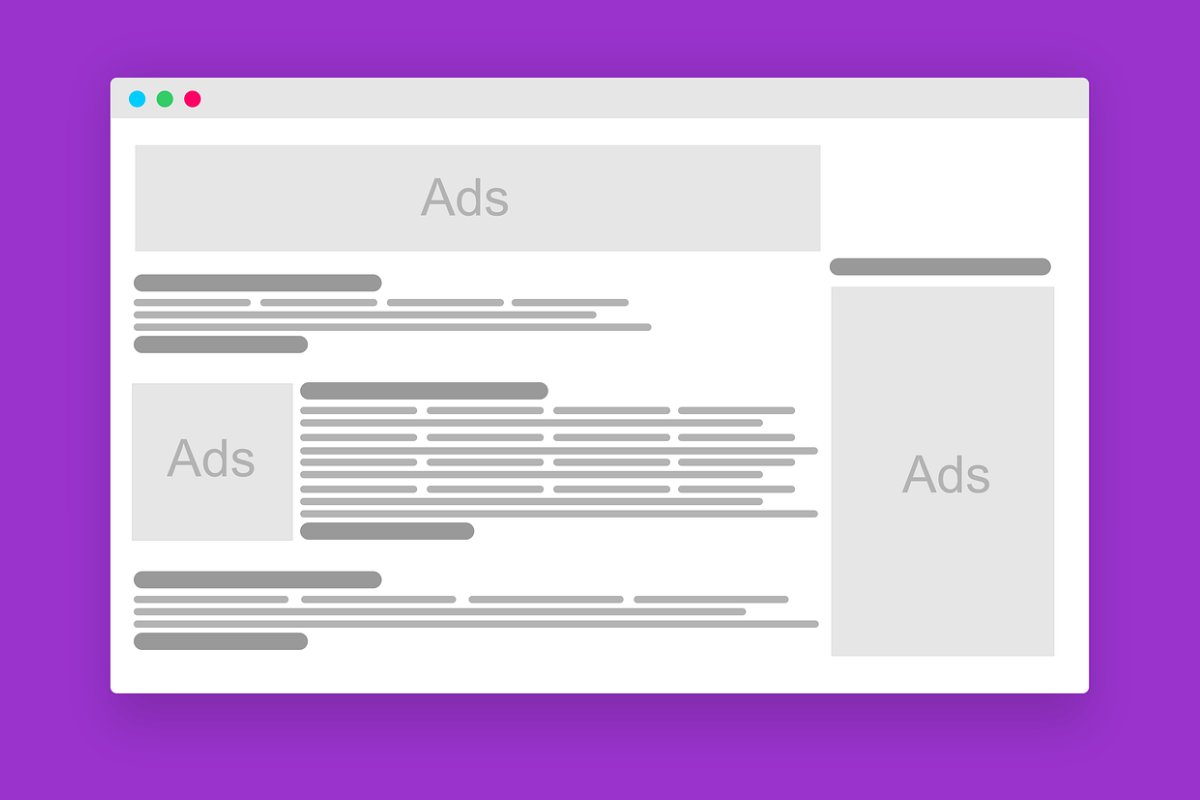5 Ways the Ad Industry is Going Green

When running advertising campaigns, we track metrics like impressions, reach, ROI and conversions. We do not, however, track the total carbon emissions from our marketing initiatives. It was observed that a single campaign can generate 70 tonnes of carbon dioxide emissions, which is equivalent to what seven individuals release in a year.
Let that number sink in!
Consumers are now looking towards more sustainable alternatives to products, services and even lifestyle choices. Buyers will pay extra for an eco-friendly alternative to a more standard version. In this day and age, simply creating an eco-friendly product isn’t enough. Consumers want brands to embrace sustainability end to end, from procurement to manufacturing to packaging and even marketing.
Whether you plan to put up flags, billboards, signage or buntings, or even run social campaigns, embracing sustainability is now the key to success.
So, how can you embrace sustainability in advertising campaigns? Let’s explore the top strategies to go green.
Table of Contents
1. Choose Eco-friendly Alternatives
Are you printing leaflets to be distributed? Why not switch from paper, a non-renewable resource and a major cause behind the felling of trees? You can use hemp, sugarcane, and recycled paper to print marketing materials, menus, and leaflets.
While they might be expensive, they’ll help reduce your carbon footprint and improve your ROI. It can also be an easy way to get people talking about your brand.
2. Use Trends To Grab Eyeballs
Google Trends helps you understand what’s trending in the world. A quick scan will help you understand what people are talking about. For example, you can look for trends and keywords around sustainability and try to build your social campaigns around them. It’s a mix of moment marketing and virality, which will help you drive traction for clients while making it more sustainable.
You can also scan live discussions on social media like X or Instagram, online forums and news portals to learn about what’s trending. For example, as a clothing company, you can develop an advertising campaign centred around the harsh winter and how it contributes to climate change. This way, you’ll need less energy and investment to reach the right audience and drive conversions.
3. Optimise Digital Assets
Did you know that 1 gigabyte of data can generate up to 3 kg of carbon dioxide? This is why it’s important to learn to optimise your campaigns and assets. It’s not only a good advertising practice but also great for the environment.
Try to avoid sharing data with multiple stakeholders; instead, create a central cloud repository that everyone can access. Also, compress images before sharing or uploading them on your website or social media platform. This will help your site and graphics to load faster while being sustainable.
A faster-loading website also leads to improved conversion rates and client retention. It is also better to use file formats like SVG rather than JPEG and PNG in order to lower the carbon emissions from your advertising campaign.
4. Shorter, Low-Resolution Videos Are Better
Isn’t it tempting to create longer videos in high definition with slow fades and aesthetics? While that’s a good idea, it might not be the best for the planet. If you’re trying to create green ad campaigns, shorter, fast-paced videos are often much better.
Did you know that if you reduce the length of your video by a few seconds, you can reduce 20% of CO₂ production? Similarly, uploading videos in 720p is more sustainable than in 1080p format.
These videos are attention-grabbing and load faster. Besides, going green when it comes to video production will not affect your brand’s aesthetics or KPIs.
5. Recycle Content
Have you ever created a video that went viral a couple of years ago? Or perhaps you have older content that’s still relevant today? Instead of starting from scratch, consider refreshing and reusing your existing material. It’s a smart, cost-effective approach—and it’s better for the environment too.
Producing a brand-new video is incredibly energy-intensive. Rather than filming new footage, why not repurpose what you already have? You could edit older clips, use stock images, or even make use of generative AI to breathe new life into your content.
Final Words
Brands and ad agencies are developing innovative ways to make their campaigns greener. From relying on user-generated content to using Instagram reels and generative AI, brands are creating unique content that meets their marketing goals without harming the environment.
For instance, Corona has supported eco-friendly initiatives like the Plastic Fishing Tournament, which helps clean up plastic waste from the Pacific Ocean while boosting their brand image. Similarly, Pret A Manger, the popular high-street coffee chain, cut data wastage by 48% through a smart programmatic video display campaign.
Mixing innovation and sustainability can lead to profitable, impactful and sustainable campaigns. Positive brand image and public perception will lead to better results than your competitors.
Are you ready to make your ad campaign greener?

